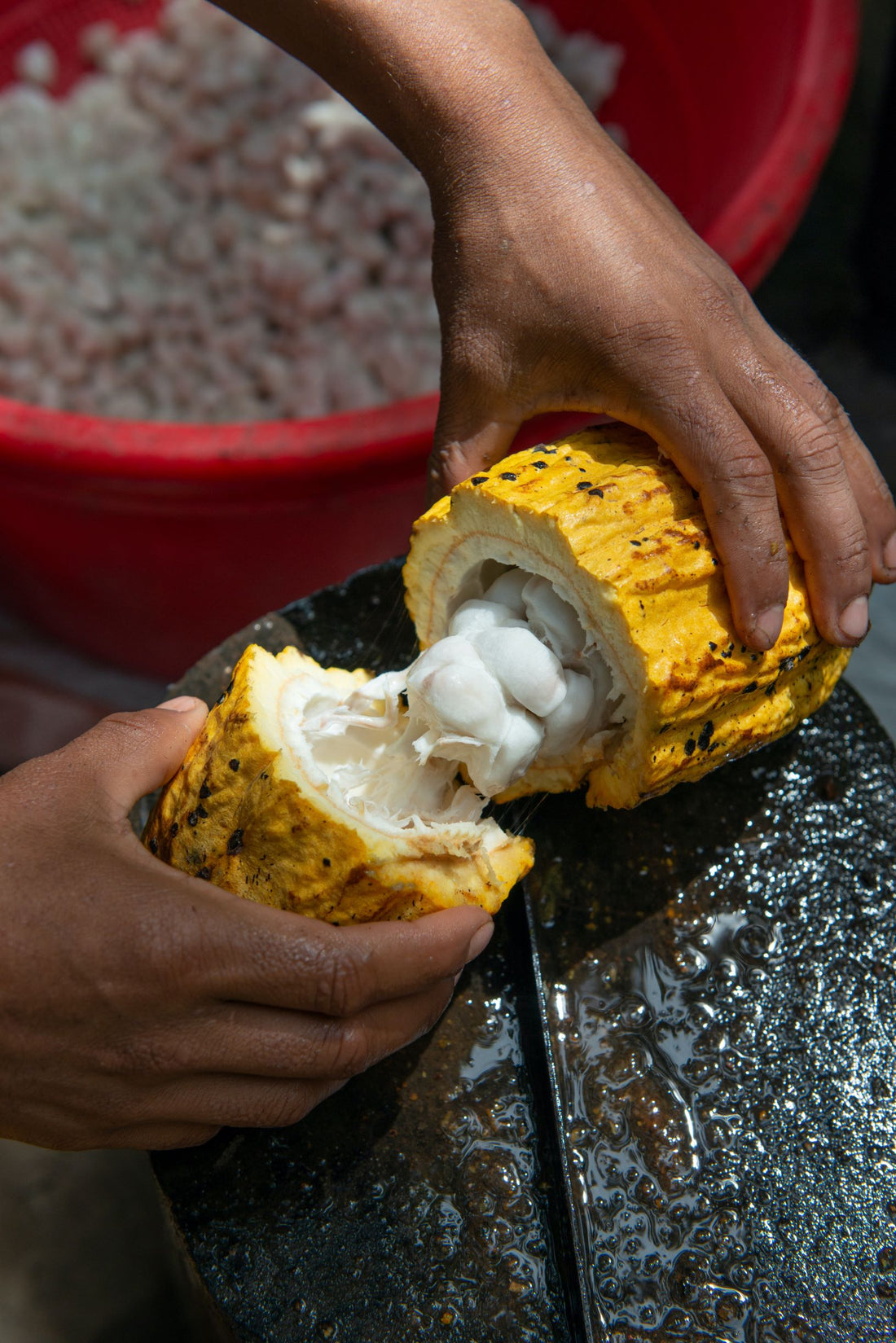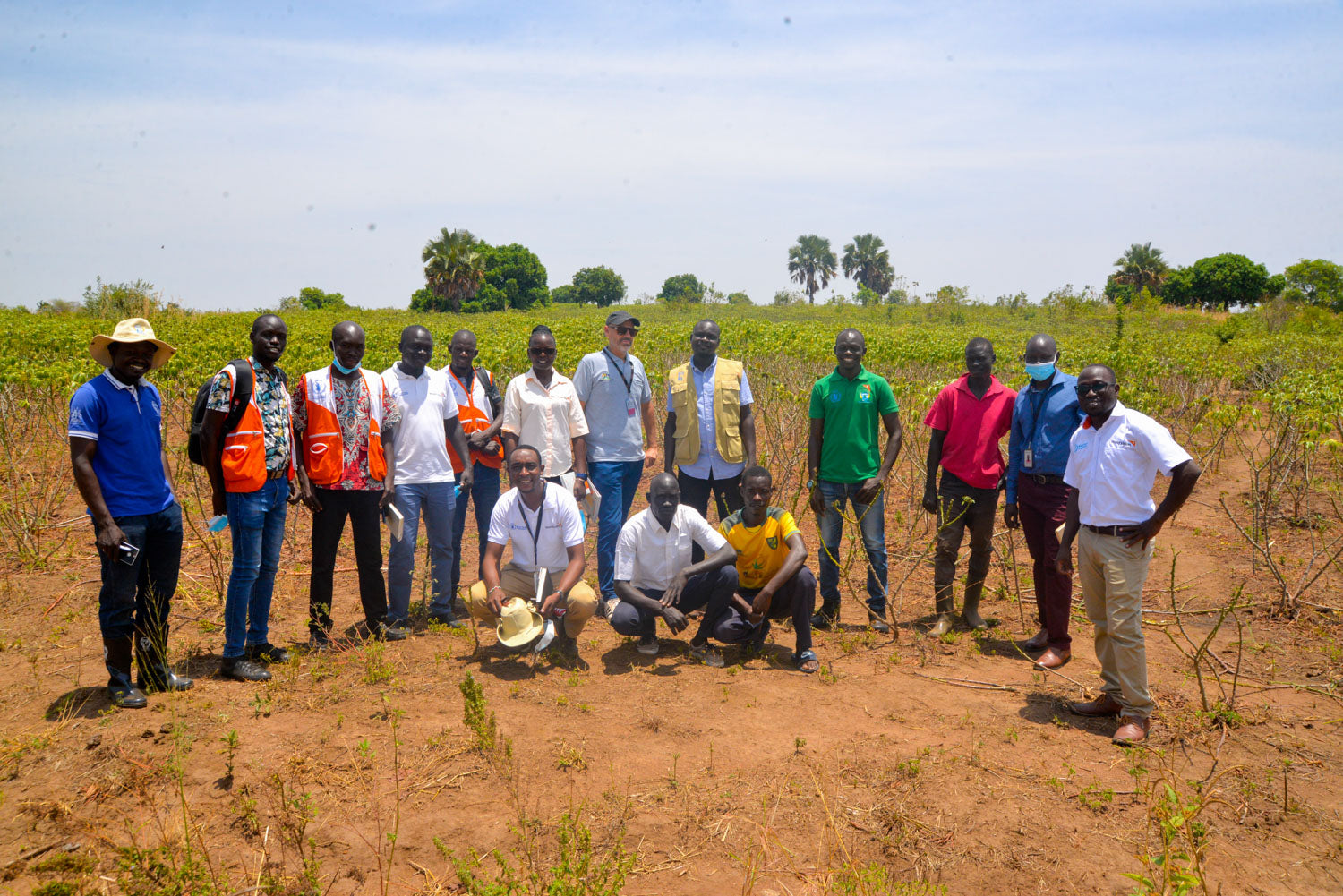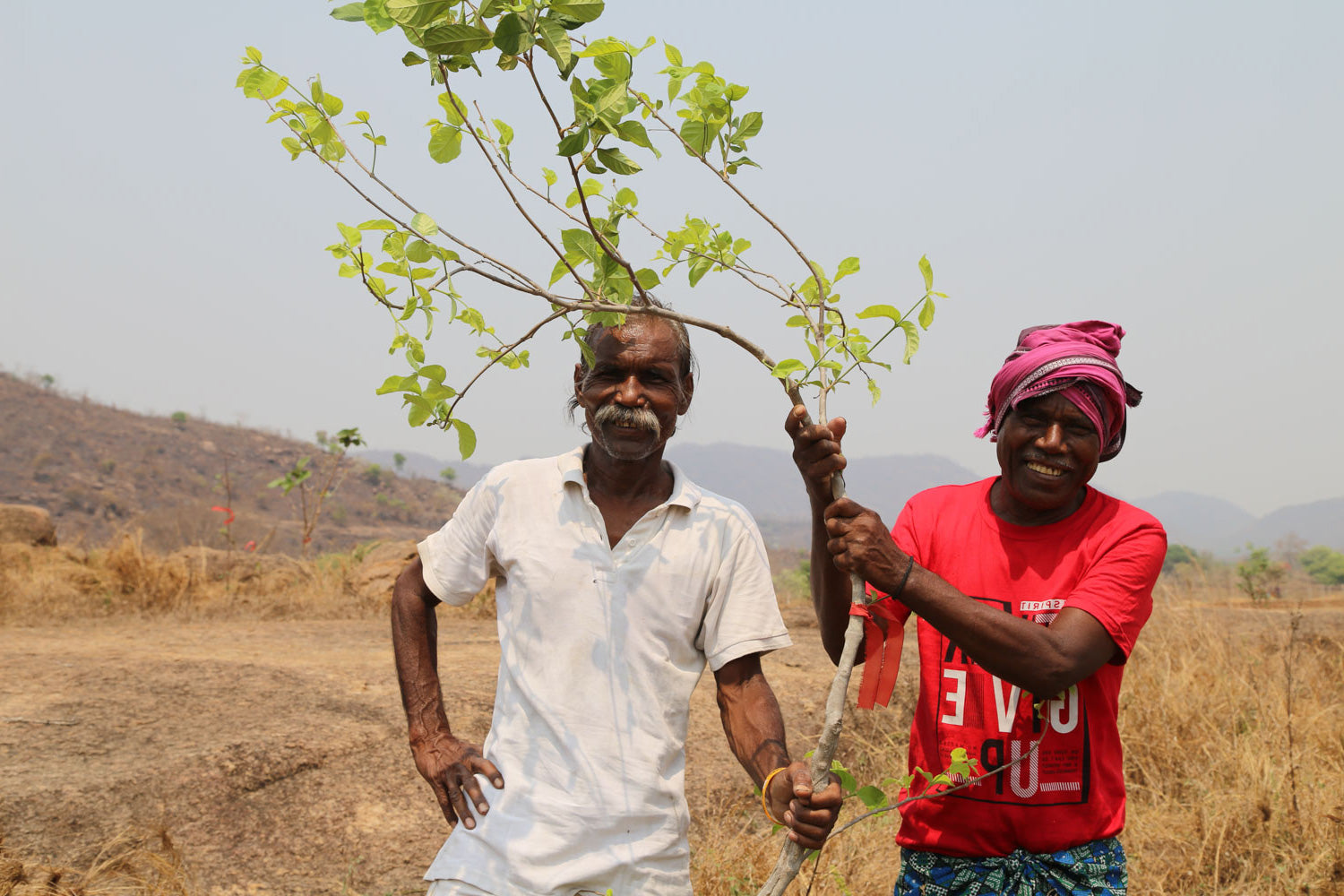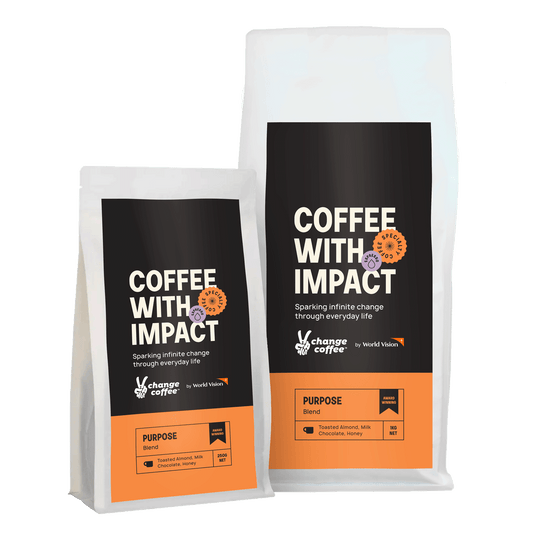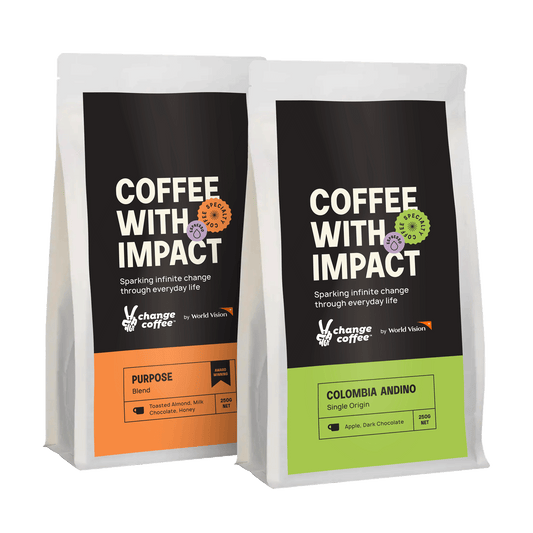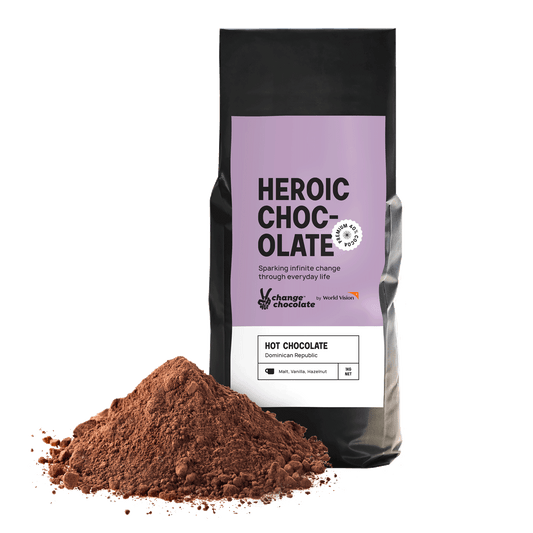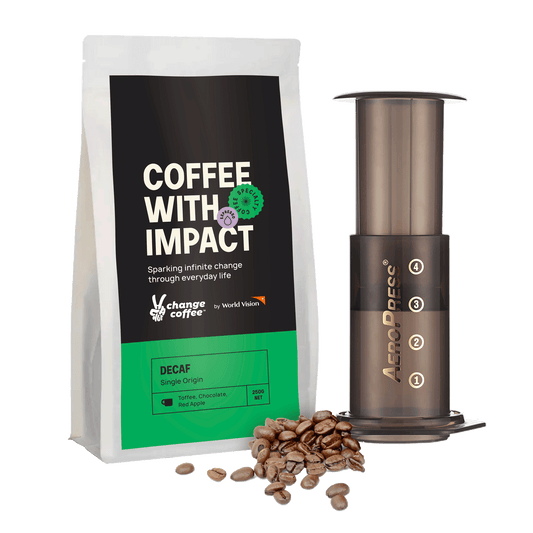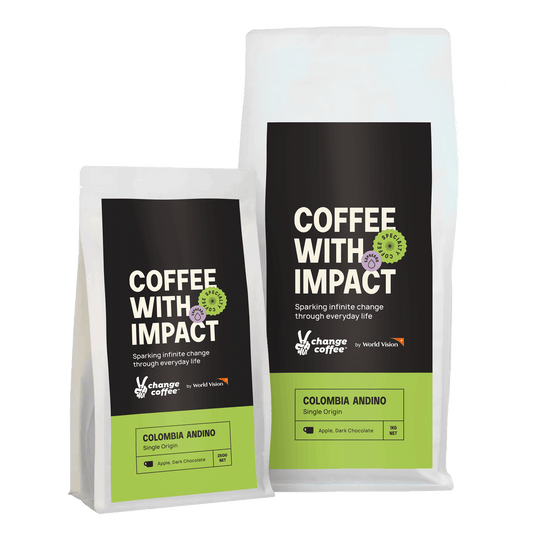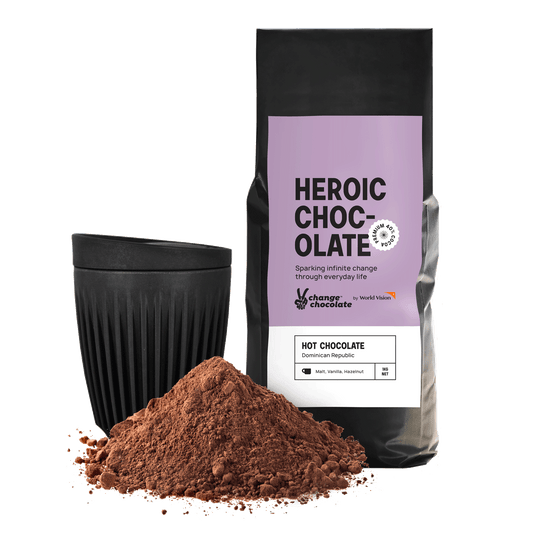All cocoa grown in the Dominican Republic is shade-grown and will typically have a slight acidity and yellow fruit notes.
In 1988 Confederación Nacional de Cacaocultores Dominicanos (CONACADO) was established in to represent cocoa farmers in the Dominican Republic. Today, CONACADO is made up of eight branches throughout the east, northeast and central regions of the Dominican Republic. CONACADO is responsible for producing and exporting a significant amount of the Dominican Republic's fermented organic cocoa overseas.
In 2011 CONACADO started the Cooperative Development Program (CDP) with the purpose to improve productivity, guarantee cocoa quality and strengthen the capabilities of the cooperative. This came about after they identified their main setback – low productivity of farming operations which was well below the productivity achieved by their competitors in Brazil, Columbia and Peru. It directly impacted their income and was discouraging for the younger generations to continue cocoa production. The program implemented demonstration plots and training which taught farmers how to adopt locally appropriate agronomic practices. In 2017 after the project, calculations showed that productivity had increased by 496%, proving the success of the program.

History of Cocoa in the Dominican Republic
The Spaniards introduced cocoa to the island of Hispaniola (presently the Dominican Republic and Haiti) at the beginning of the 1600s. More plants and species were introduced by the French several decades later. After the increased demand for cocoa in the 1880s which coincided with the rapid price decline of tobacco, a culture of cocoa farming begun to emerge. Historically, the Dominican Republic's cocoa was of poor quality because of the absence of fermentation and incompetent drying. Over the year's producers received the helping hand of a German organisation to perfect some of these processes, which significantly improved the quality of the cocoa and its market price. By 2017, the Dominican Republic had produced 1.7% of the world's production of cocoa throughout the year. It became the first exporter of organic cocoa and is the second country to export Fairtrade certified cocoa worldwide.
Cocoa growing
Around 10% of the forested area in the Dominican Republic occupies cocoa trees. All of the cocoa is shade-grown under the leaves of citrus, banana and avocado trees. Most of the cocoa production comes from the northeastern part of the country.

Fairtrade Initiatives
CONACADO is currently comprised of 9,903 producers, of which 20% are women and 6,830 who produce certified organic cacao. The Fairtrade Premium benefits these co-op groups and the communities.
Education
Funds from the Fairtrade Premium are invested in repairing schools in the community. Children from disadvantaged families are offered scholarships and school supplies are provided to each child in the community. A brand-new technology centre was also established to provide school children with internet access for their school work.
Women
The cooperative sponsors activities that endeavour to empower women and young people.
Quality and productivity
Upgrading of processing facilities to improve cocoa quality was made possible through the allocation of the Fairtrade Premium funds. Environmental training about how to reduce the impact of agricultural practices on climate change was offered alongside technical training about how to improve yields. The community was also given information about adapting to more sustainable farming practices and planting trees.
Environment
A large part of the Fairtrade Premium has been given to producers to reinvest in the maintenance and development of their plots. Producers also received various training on wastewater management, wildlife protection, worker health and safety, agricultural best practice, agroforestry management, traceability and climate change concerning agriculture. CONACADO also provided technical assistance to support its members.

